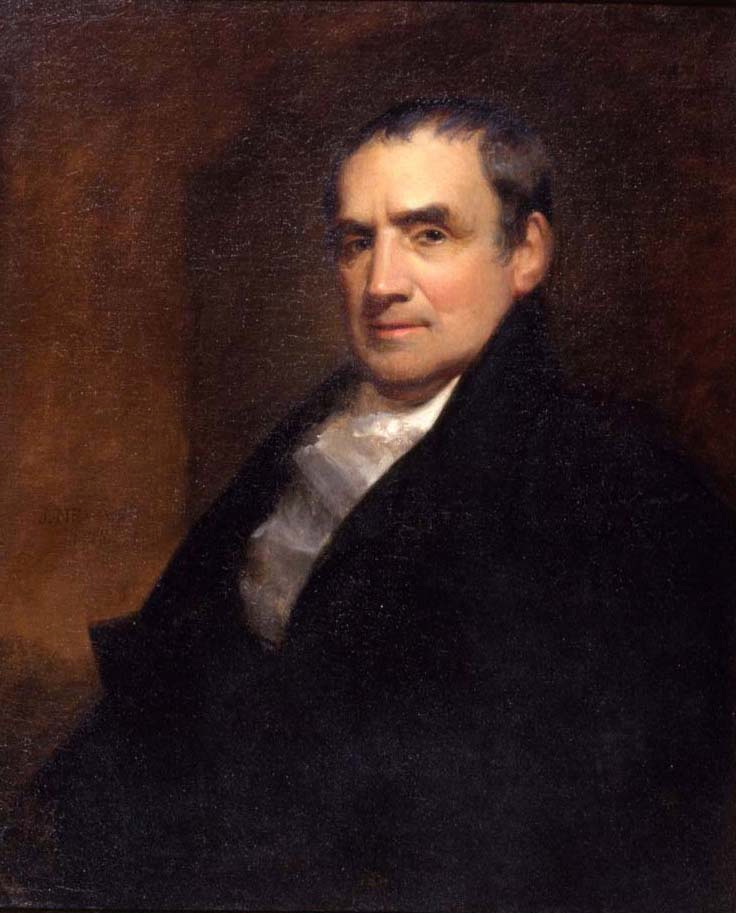By Aidan McElwee
Photo: Dublin-born Matthew Carey, publisher, economist, and philanthropist in Philadelphia
Philadelphia has been a home for Irishmen and Irishwomen for generations. William Penn himself was Irish on his father’s side. At the turn of the 19th century, 5,000 Irish-born people were living in Philadelphia. By 1860, 95,000 Irishmen and Irishwomen lived in Philadelphia marking the largest immigrant population in the city.
Today, 10% of the entire city has Irish roots, roughly 160,000 people. In that period, failed rebellions, hunger, disease, poverty, and governmental policy all pushed Irishmen from their homeland.
In the year 1857, the vibrant tapestry of Philadelphia was woven with the threads of Irish influence, leaving an indelible mark on every facet of the city’s life. At the heart of this transformation were Irish immigrants and their descendants, who rose to prominence in various fields, from commerce to finance, leaving an enduring legacy.
In the heart of Port Richmond, for example, the rhythm of progress beat to an Irish tune. Almost all the paving and construction firms in the area were owned by the Irish, their skilled hands shaping the very foundations of the city.
But it wasn’t just commerce and wealth that defined the Irish impact. The Irish were instrumental in shaping the city’s financial landscape. Take the case of John Barclay, hailing from the rolling hills of County Donegal.
In 1792, Barclay helped lay the foundation of the Insurance Company of North America, an institution that would become a cornerstone of the city’s financial sector. Another luminary, Joseph Tagert, County Tyrone, held the reins of the Farmers and Mechanics Bank for a remarkable forty years. Established in 1809, this bank would grow to become the largest in Philadelphia by the mid-1800s, a testament to Tagert’s acumen and leadership.
At the crossroads of charity and compassion stood Dublin-born Matthew Carey, a founding father of the Hibernian Society for the Relief of Immigrants. This noble organization provided vital aid to Irish immigrants arriving in Philadelphia, offering a helping hand and a warm welcome to those in search of a better life. Carey was also an economist and publisher who first worked for Benjamin Franklin after feeling Ireland and prosecution for criticizing the British Parliament. He is buried in the graveyard of Old St. Mary’s Church on Fourth Street in Philadelphia.
The Irish in Philadelphia didn’t just become residents; they became architects of the city’s destiny. Their contributions to commerce, finance, and philanthropy not only enriched their own lives but also laid the foundation for the diverse and dynamic Philadelphia we know today. Their story is a testament to the enduring spirit of the Irish, leaving an indomitable mark on the City of Brotherly Love.

